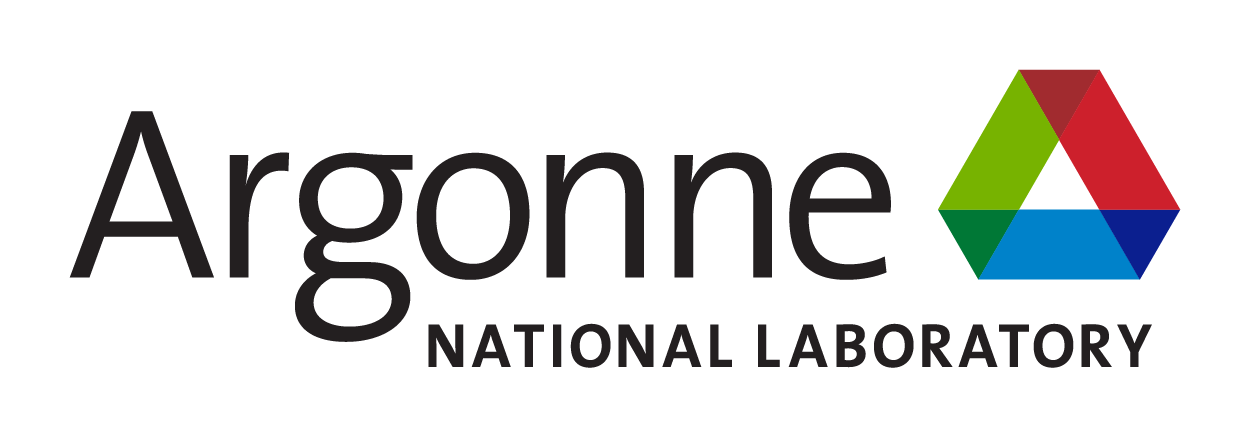Important user instructions
General APS user information is here: https://www.aps.anl.gov/Users-Information
Planning or proposing experiment? Read our Capabilities, Instrument geometries, and Sample environment pages. Check also what we have as equipment here.
Have allocated beamtime? This is important:
To make your USAXS experiments safe, productive, and successful, please follow these instructions.
- ESAF: Submit ESAF at least 10 days before start of your experiment!
- Experimental plan: Users are expected to perform experiments according to the proposals which were reviewed by GU review committee and granted time. Any changes to the plans must be pre-approved by the USAXS staff ([email protected]) and reflected in the ESAF.
- Staffing: for safety and efficiency we require:
- TWO or more experimenters to perform USAXS experiments longer than 2 shifts (16 hours)
- THREE or more experimenters to perform USAXS experiments longer than 6 shifts (48 hours).
Experiments with insufficient staffing may be canceled. If you feel that your experiment can be done with smaller number of experimenters than stated above, get approval ahead from USAXS staff ([email protected]).
- Bringing samples to APS.
- Authoritative instructions from APS safety group are here. These instructions must be followed!
- It is strongly recommended to ship samples via common carrier (FedEx, UPS, USPS) properly packaged per DOT rules. This is THE ONLY way to deliver nonexempt hazardous materials to APS. Plan on delivering the samples in advance, at least 24 hours before the start of experiment, account for possible delays. ANL receiving is not available over weekend. Here is separate page with Shipping instructions.
- Under no circumstances may users transport a nonexempt hazardous material to the APS in their own car or other personal vehicle.
- Small non-hazardous samples may be carried by users only if the samples are properly packaged and labeled. All packaging must follow DOT and all other applicable regulations (airline rules etc.) and also be suitable for review by ANL security forces – details on safety, chemical composition, and owner contact must be on each package.
- Arrival: Plan to arrive one day before your experiment and check with beamline staff before 5pm on that day. Sort out any badging issues and training with the ANL visitor center and APS users office one day before your arrival to the beamline. If you need access to the chemistry lab for sample preparations before your beamtime, make arrangements with the staff ([email protected]) ahead of your arrival and mark this on the ESAF.
- Chemical waste: Communicate to the beamline staff if any chemical waste will be generated in the course of your experiments. Fill the waste generator log and email it to the beamline staff ([email protected]). Make sure that all the waste containers are properly labeled.
- Use of syringes: All syringes are now considered by APS as biohazard and need to be disposed as such. Use of syringes is strongly discouraged and other methods (pipettes) are strongly encouraged.
- Shipping back samples/equipment: Follow shipping instructions available on our shipping page here. Download instructions and read them. Download shipping form and fill it with Adobe Acrobat, print and save. Email saved copy to two addresses: beamline staff and Alexis and place paper copy in the box. Hand the box to staff member.
- Departure: Plan on departing from APS after 10am on the last day of measurements. If you need help with data reduction, reserve more time before your departure.
- Data transfer: Bring USB drive/stick for your data. You may need up to 1Gb of space for 24 hours of measurements.
- Publication: All publications REQUIRE APS acknowledgement. Send publication drafts for review by the USAXS staff to ensure the instrument description as well as data interpretation are reasonable before submitting it to journal/conference. Send a copy of each published work to USAXS staff so it could be included in the APS publication database.
